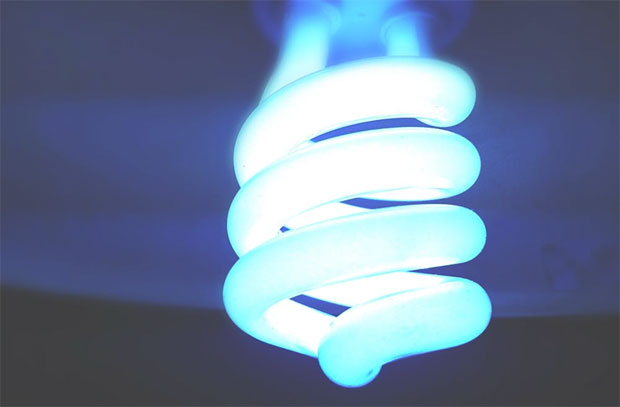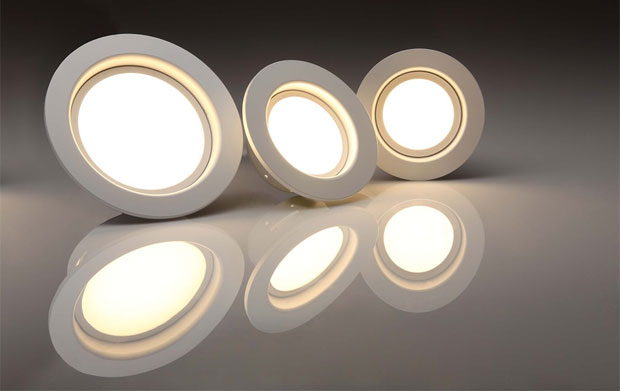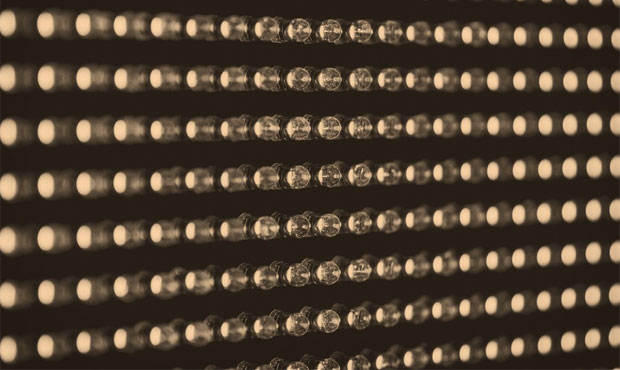Choosing the Right LED Lighting for Your Home

Choosing the Right LED Lighting for Your Home
The Light Emitting Diodes (LED) bulbs are versatile as they come in assorted colours. This means you can choose the light like the flat LED lights that gives a feel of a well-lit day to a fireside glow for an intimate setting, just at the turn of a dial. DRSA also provides the LED lighting which can also be automated with sensors and remotes to control the illumination and colour. There are so many options on the market but here are the basics of choosing your LED bulbs.
- Install the LEDs where most essential
For example, the kitchen, the study, the toilet and other areas of your home with high traffic. But if you get a deal it would be ideal to replace them everywhere in the house. Such as in the closets, pantry and basement. These places may be used seldom but the bulbs are long lasting, thus they will last longer than the expected life of 20 – 30 years. In the long run, your investment will pay off in the form of lower bills and energy saving.
- Check the lumens instead of watts
Watts are the units to measure the amount of energy used by the bulb. While lumens are a measure of the illumination cast by them. When buying led corn bulbs look for the lumens of light cast, instead of watts. This means low wattage bulbs use less electricity. But in the case of led corn bulbs, they produce high illumination even at low wattage. This makes them ideal for your budget. About 1500 – 3000 lumens are needed to light your room with good visibility.
- Get the right colour
The next jargon to learn about the language of LED lights is Kelvin. Kelvin is the scale of the colour of the light. The higher the number, the cooler the light. The shades range from yellow (2700-3000K), white (3500-4100K) to blue (5000-6500K). It goes from warm reddish shades towards blue. The warm reddish shades like the dawn or dusk are between 2000-3000K. The noon light or the flash light shade is between 3500K – 5500K. Large shadows or blue light shades are between 5500-7000K. The snow white and water blue sky shades lie between 7000-12000K.
- Right bulb for the right fixture
The various fixtures in your home do diverse functions, thus require appropriate bulbs. This not only enhances the effect but offers longevity to the fixture. A table or floor lamp would best function with a spiral or A-shape bulb. A pendant fixture would be enhanced by a spiral, A-shaped, globe, MR16 or candle bulb. The ceiling fixtures such as flat LED lights and fans will be best enhanced by the candle, A-shaped or spiral bulbs. The wall sconces will look good with candle, globe, A-shaped or spiral bulbs. The recessed cans in the ceiling would require an MR16, spotlight or floodlight. While the accent lighting on the artwork would function best with spot and MR16 bulbs.
- Right bulbs for the dimmers
You cannot use a dimmer on any LED bulbs as they come with a different componentry. But dimmable LEDs work just fine on a non-dimmable circuitry. There are two types of dimmers in the market – the older leading-edge dimmers and newer trailing-edge dimmers. They both trim the voltage at various phases of the AC sine wave. This reduces the power sent to the bulb thereby dimming it.
- Understand the savings
When buying the bulbs compare the following information;
- The brightness
- The estimated annual cost
- The life of the bulb
- The light appearance
- Energy used
Just compare the energy used thus the size of your utility bill with the other parameters before choosing your bulb.
In conclusion, the benefits of the LED are evident. They are energy efficient and last more than 20 years. They give off good light that can be controlled in colour and illumination. As the prices of the LED components drop they become cheaper and affordable. The cumulative effect is a smaller carbon footprint.
Guest Article. Contains sponsored links.




